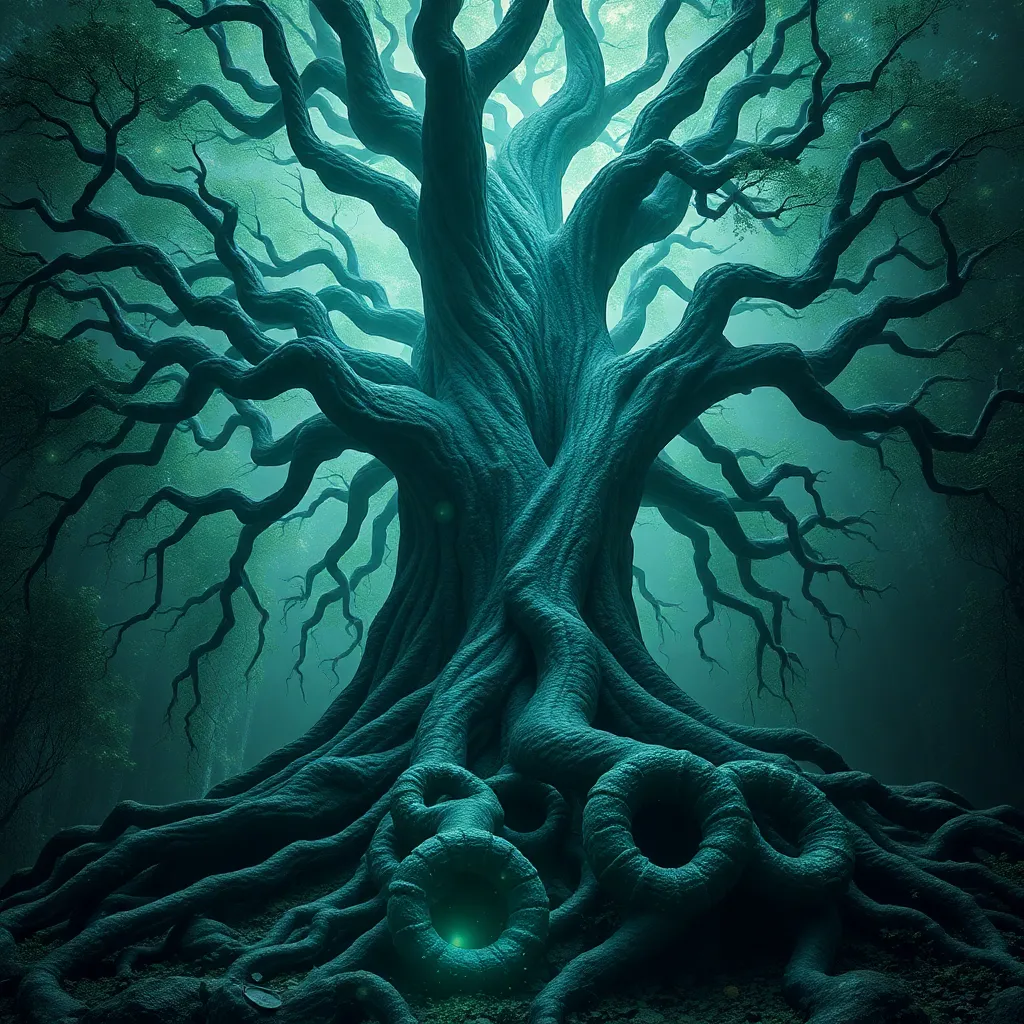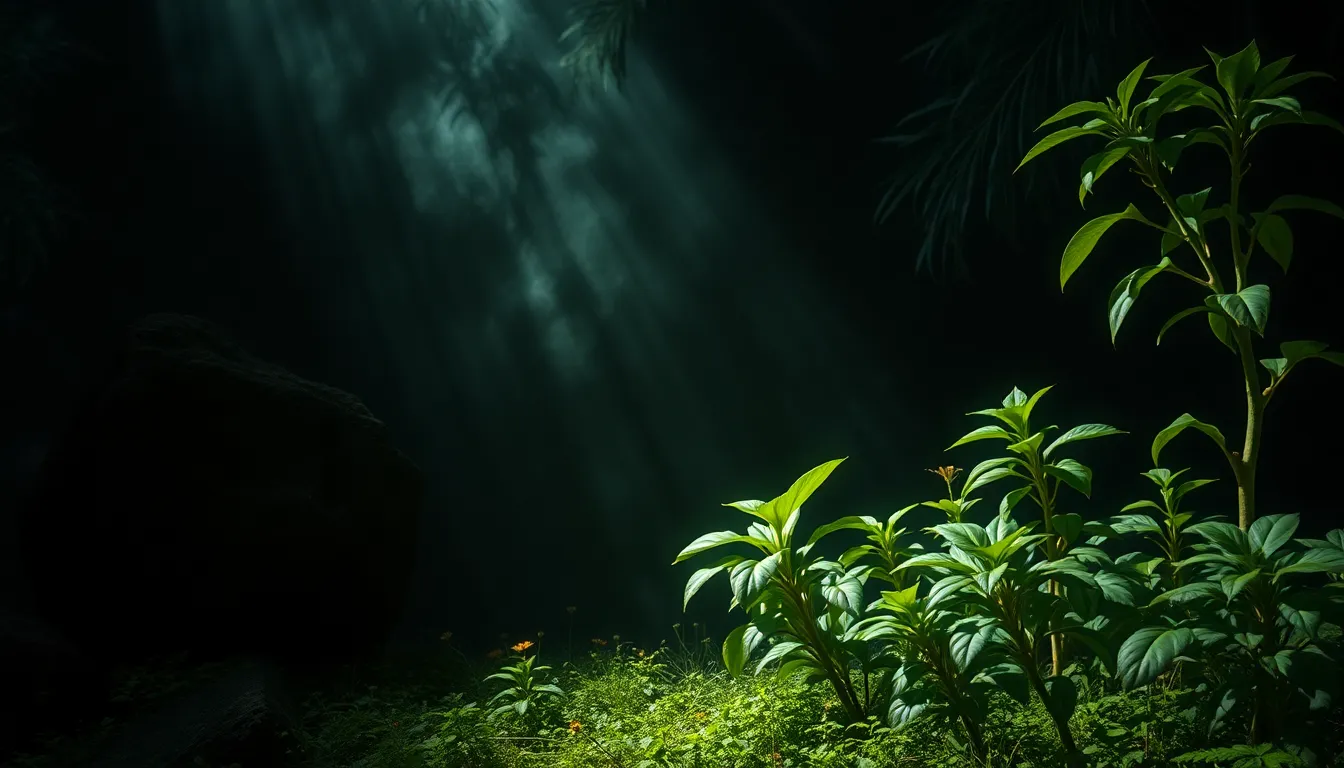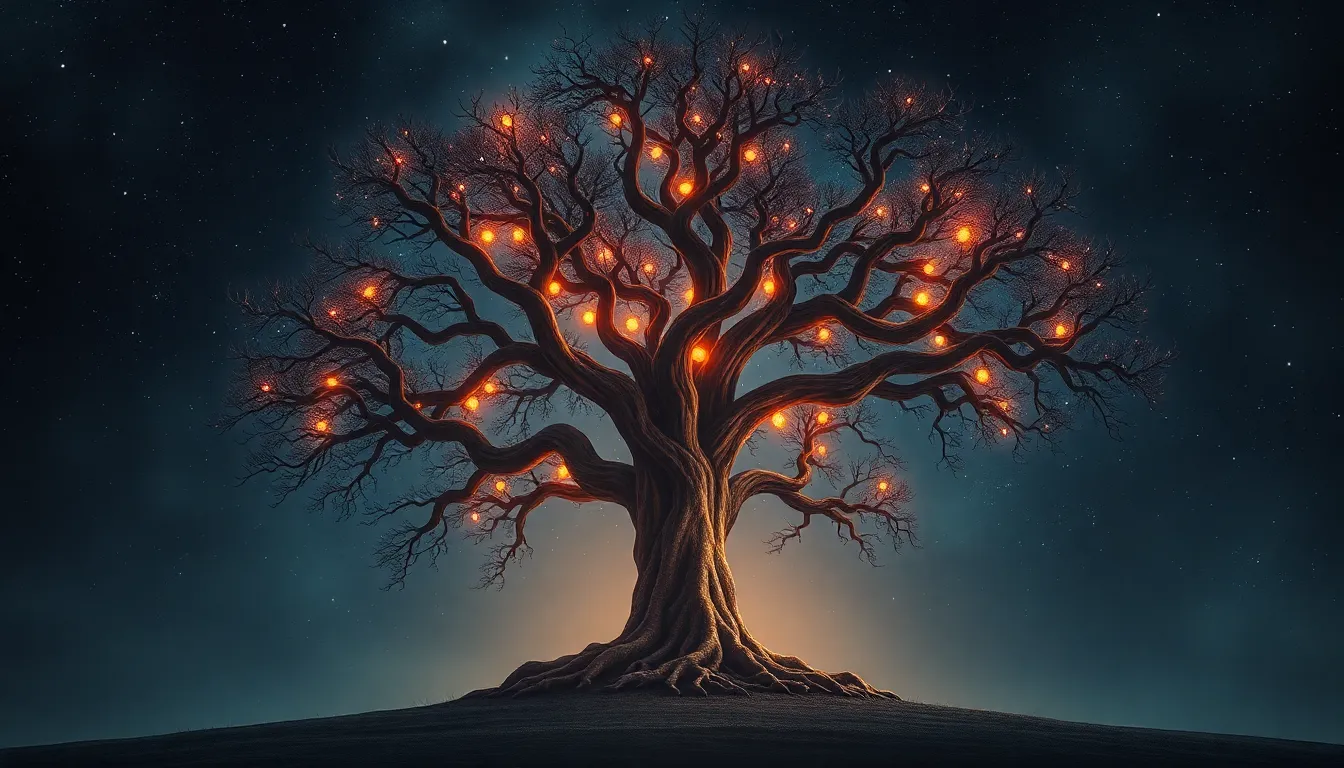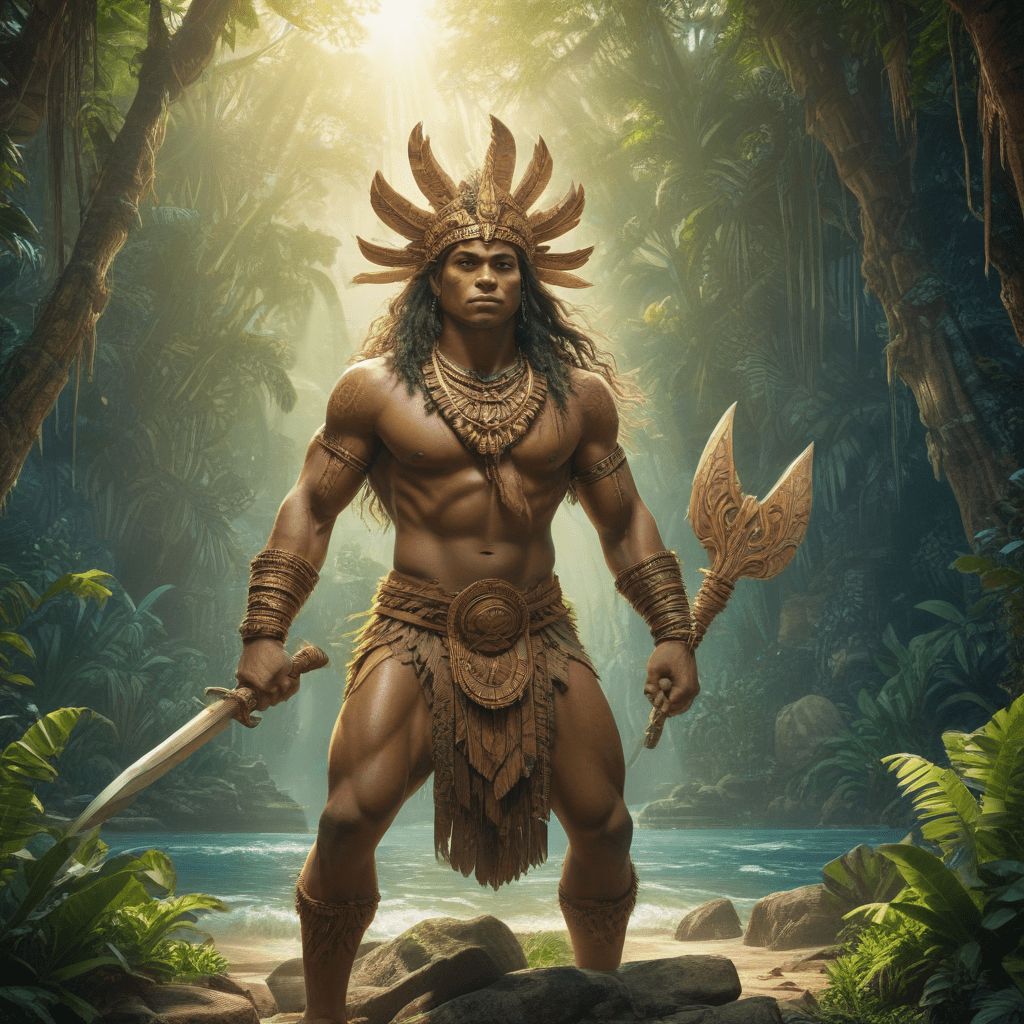Beneath the Roots of Yggdrasil: Exploring the Realm of Níðhöggr
I. Introduction
In the rich tapestry of Norse mythology, Yggdrasil, the World Tree, stands as a monumental symbol of life, death, and interconnectedness. This immense ash tree is not merely a tree; it is the cosmic axis that binds the nine realms of Norse cosmology. Among the myriad of beings that inhabit this mythological narrative, Níðhöggr, a fearsome dragon, plays a significant role, lurking beneath the roots of Yggdrasil. This article aims to delve into the depths of Níðhöggr’s mythos, exploring its significance, relationships, and the broader implications of its existence within Norse beliefs.
II. Understanding Yggdrasil: The World Tree
A. Description of Yggdrasil and its branches
Yggdrasil is described as a colossal ash tree whose branches extend into the heavens, while its roots delve deep into various realms, connecting them in a complex web of life. The tree is a symbol of the universe’s structure, with its roots in the underworld, its trunk in Midgard (the realm of humans), and its branches reaching the heavens.
B. The nine realms connected to Yggdrasil
Yggdrasil connects nine realms, each with its own unique characteristics and inhabitants:
- Asgard: Home of the Aesir gods.
- Midgard: The realm of humans.
- Vanaheim: Home of the Vanir gods.
- Alfheim: Land of the light elves.
- Svartalfheim: Home of the dwarves.
- Helheim: Realm of the dead.
- Niflheim: A realm of ice and mist, often associated with the underworld.
- Muspellheim: The realm of fire.
- Jotunheim: Land of the giants.
C. Symbolism of the tree in Norse cosmology
Yggdrasil symbolizes the cycle of life and death, the connection between realms, and the balance of forces in the universe. It represents growth, strength, and the interconnectedness of all beings, illustrating the Norse belief in the unity of existence.
III. Who is Níðhöggr?
A. Mythological background of Níðhöggr
Níðhöggr is often depicted as a dragon or serpent, dwelling beneath Yggdrasil. Its name translates to Malice Striker, hinting at its destructive nature. In Norse texts, Níðhöggr is primarily associated with the consumption of the roots of Yggdrasil, representing decay and death.
B. Description of Níðhöggr’s characteristics and role in myths
Níðhöggr is characterized as a formidable creature that feeds on the dead and gnaws at the roots of the World Tree. This act symbolizes the inevitable decay that accompanies life. The dragon is often portrayed as a malevolent force, yet it is also essential for the cycle of life, reminding us that destruction is a part of renewal.
C. Níðhöggr’s relationship with other figures in Norse mythology
Níðhöggr interacts with several key figures in Norse mythology, including:
- Yggdrasil: Its primary relationship is with the World Tree, where it is both a destroyer and a sustainer of the life cycle.
- Hel: The goddess of the underworld, who oversees the souls that Níðhöggr consumes.
- Víðarr: A son of Odin, who is prophesied to confront and slay the dragon during Ragnarök, the end of the world.
IV. The Underworld: Niflheim and Níðhöggr’s Domain
A. Overview of Niflheim as a realm in Norse mythology
Niflheim, often associated with cold and mist, is one of the primordial realms in Norse mythology. It is a place of darkness and icy waters, a stark contrast to Muspellheim, the realm of fire. Niflheim is also associated with the dead, where souls journey after death.
B. The significance of the underworld in Norse beliefs
The underworld plays a crucial role in Norse beliefs, representing the final destination of souls and the cycle of rebirth. Niflheim, as a realm of the dead, emphasizes the importance of honoring ancestors and the belief in an afterlife.
C. Níðhöggr’s territory and its implications
Níðhöggr’s territory lies within Niflheim, where it consumes the roots of Yggdrasil. This act serves as a reminder of the constant struggle between life and death, creation and destruction. Níðhöggr’s presence in the underworld highlights the interconnectedness of all realms and the cyclical nature of existence.
V. The Role of Níðhöggr in the Cycle of Life and Death
A. How Níðhöggr embodies themes of decay and renewal
Níðhöggr embodies the duality of decay and renewal in Norse mythology. While it represents destruction by gnawing at Yggdrasil’s roots, this decay is necessary for the rebirth of new life. It serves as a reminder that death is not an end but a transformation.
B. The dragon’s role in consuming the roots of Yggdrasil
As Níðhöggr consumes the roots of Yggdrasil, it symbolizes the inevitable decay that all life must face. This action is crucial in the cycle of life, as it allows for new growth and renewal to occur.
C. Interpretation of Níðhöggr’s actions in the context of Norse philosophy
Níðhöggr’s actions reflect the Norse belief in the importance of balance between creation and destruction. The dragon serves as a necessary force in maintaining this balance, emphasizing the philosophy that life and death are intertwined.
VI. Níðhöggr in Modern Culture
A. Representation of Níðhöggr in literature, art, and media
In modern culture, Níðhöggr has been represented in various forms, from literature to film and video games. Its image has evolved, often depicted as a symbol of chaos and destruction, resonating with contemporary themes of conflict and resolution.
B. The influence of Norse mythology on contemporary storytelling
Norse mythology continues to influence modern storytelling, with characters and themes from these ancient tales appearing in popular media. Níðhöggr’s presence in these narratives reflects the ongoing fascination with the themes of life, death, and rebirth.
C. How modern interpretations reflect ancient beliefs
Modern interpretations of Níðhöggr often mirror ancient beliefs, emphasizing the cyclical nature of existence and the balance between creation and destruction. These stories allow contemporary audiences to engage with ancient wisdom and explore their own beliefs about life and death.
VII. Comparative Analysis: Níðhöggr and Other Mythical Creatures
A. Comparison with dragons and serpents in other mythologies
Níðhöggr can be compared to dragons and serpents in other mythologies, such as:
- Jörmungandr: The Midgard Serpent, which represents chaos and is destined to fight Thor during Ragnarök.
- Leviathan: A biblical sea monster symbolizing chaos and destruction.
- Quetzalcoatl: A Mesoamerican feathered serpent that embodies creation and destruction.
B. The archetype of the destroyer and its cultural significance
The archetype of the destroyer, represented by Níðhöggr and similar creatures, serves a vital role in various mythologies. It embodies the necessity of destruction for renewal, highlighting the balance of forces within the universe.
C. Lessons learned from Níðhöggr’s mythos



